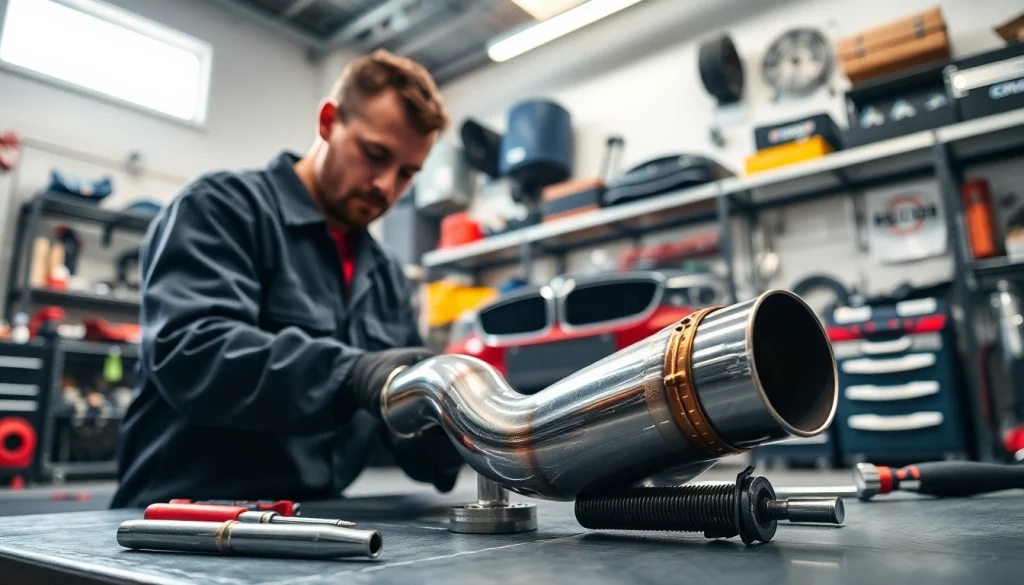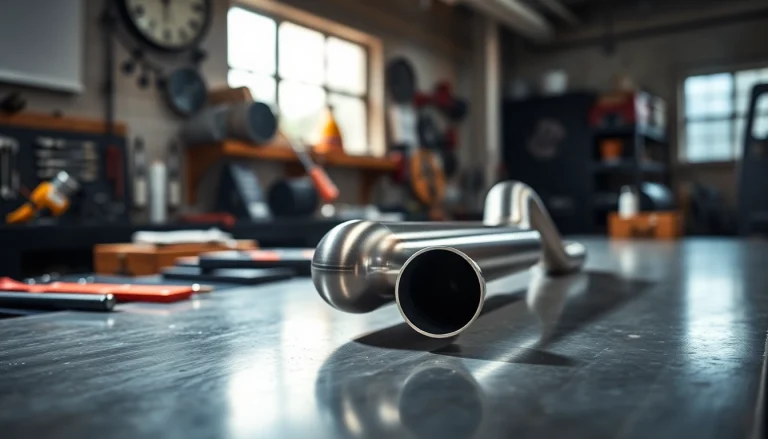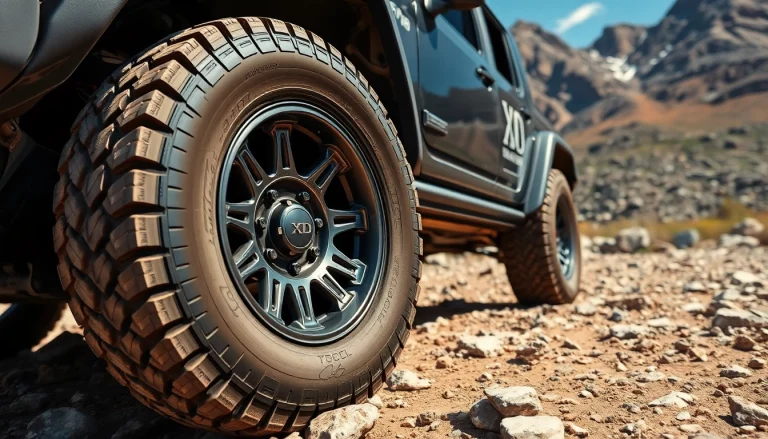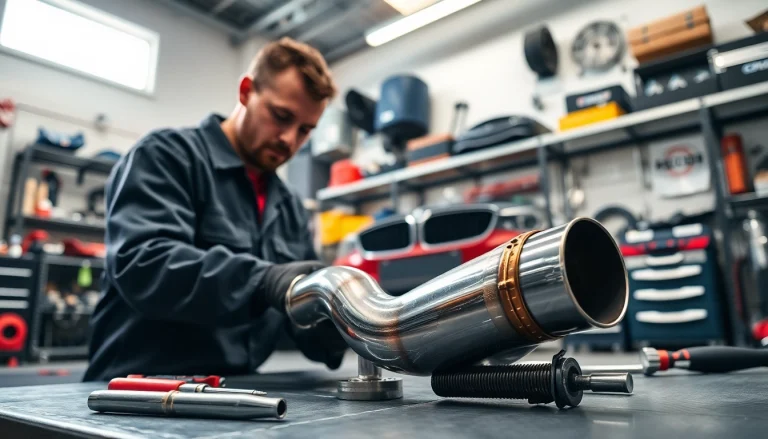
Understanding the f80 Single Midpipe
The f80 single midpipe has emerged as a popular performance upgrade for BMW enthusiasts seeking to enhance both the sound and power output of their vehicles. But what exactly is a midpipe, and why should you consider upgrading to an f80 single midpipe? This article will delve into the intricacies of the f80 single midpipe, its benefits, common features, and what makes it a worthwhile addition to your BMW.
What is a Midpipe?
A midpipe is a crucial component in a vehicle’s exhaust system, typically situated between the downpipes and the rear exhaust section. Its primary function is to connect these two segments, facilitating the flow of exhaust gases while helping to moderate sound levels and emissions. In essence, the midpipe influences not only the performance of the exhaust system but also the overall sound profile of the vehicle.
Benefits of Upgrading to an f80 Single Midpipe
Upgrading to an f80 single midpipe presents several advantages for BMW owners looking to enhance their vehicle’s performance. Here are some notable benefits:
- Improved Exhaust Flow: An aftermarket single midpipe often features a larger diameter compared to the OEM part, reducing back pressure and allowing exhaust gases to flow more freely. This boost in exhaust flow can lead to a noticeable increase in horsepower and torque.
- Enhanced Sound Profile: One of the most significant changes an owner will notice after installing an f80 single midpipe is the improvement in sound. It can provide a deeper, more aggressive tone that many BMW enthusiasts find appealing, especially in conjunction with other exhaust modifications.
- Weight Reduction: Many aftermarket options are made from lightweight materials, which can contribute to a decrease in overall vehicle weight, improving handling and responsiveness.
- Customization Potential: Upgrading to a single midpipe allows for greater customization of the vehicle’s exhaust system, providing owners with the ability to tailor the sound and performance characteristics to their preferences.
Common Features of an f80 Single Midpipe
The f80 single midpipe is characterized by several features that distinguish it from the stock version. Below are some common attributes that you can expect:
- Mandrel-Bent Design: Most high-quality single midpipes are mandrel-bent, ensuring smooth curves that prevent turbulence and restriction in exhaust flow.
- High-Quality Materials: Often made from stainless steel, which offers enhanced durability and resistance to corrosion compared to stock options.
- Varied Sound Options: Some aftermarket midpipes come with resonators or sound dampers that allow for different sound profiles, catering to varying preferences for exhaust note and volume.
- Direct Fitment: Many aftermarket options are designed for direct OEM replacement, simplifying the installation process.
Installation Guide for the f80 Single Midpipe
Tools Required for Installation
Installing an f80 single midpipe can be a rewarding project for DIY enthusiasts. Here’s a list of tools you’ll need to ensure a successful installation:
- Jack stands or a car lift
- Socket set and ratchet
- Wrenches
- Torque wrench
- Exhaust tape or gasket material (if necessary)
- Safety glasses and gloves
Step-by-Step Installation Process
- Preparation: Park your vehicle on a level surface, engage the parking brake, and lift the rear of the car using jack stands or a lift.
- Remove the Stock Midpipe: Begin by loosening the clamps and bolts securing the stock midpipe to the downpipes and the exhaust system. Carefully remove it, ensuring to keep any necessary hardware for reinstallation.
- Install the New Midpipe: Position the f80 single midpipe in place, aligning it with the exhaust system and downpipes. Secure it using the original clamps and bolts, ensuring a snug fit. Proper alignment is crucial to avoid any potential exhaust leaks.
- Check for Leaks: Once installed, start the engine and let it run for a minute. Inspect the joints and connections for any exhaust leaks. If any are detected, tighten the connections as needed.
- Lower the Vehicle: After confirming that all connections are secure, lower the vehicle from the jack stands, and perform a final sound check.
Safety Tips During Installation
While installing a new midpipe can be straightforward, it’s important to prioritize safety. Here are some tips to consider:
- Always wear safety glasses and gloves to protect against sharp edges and hot components.
- Ensure your vehicle is securely elevated to prevent accidents while working underneath.
- Double-check that all tools are accounted for to avoid leaving any behind in the engine bay.
Performance Impact of the f80 Single Midpipe
Improving Exhaust Flow and Power
One of the primary motivations for choosing an f80 single midpipe is the substantial boost in exhaust flow. By reducing restrictions within the exhaust system, the midpipe heightens the efficiency of the engine. Enhanced exhaust flow allows the engine to expel gases more effectively, which, in turn, allows for higher power outputs. A well-designed midpipe can lead to gains of 15-25 horsepower, depending on several factors such as the vehicle’s tuning and additional modifications.
Sound Enhancement: What to Expect
The auditory experience post-installation is often one of the biggest draws for enthusiasts. An f80 single midpipe typically delivers a deeper and more robust exhaust note, accentuating the sportiness of the BMW engine. Users can expect a more aggressive growl at higher RPMs, enhancing the overall driving experience while providing a sense of connection to the vehicle.
Comparative Analysis with OEM Midpipes
When comparing the f80 single midpipe to the OEM model, several key differences become apparent:
- Diameter: Aftermarket options generally have a larger diameter, reducing back pressure.
- Material Quality: OEM parts may utilize lower-grade materials, while aftermarket options often use higher-quality stainless steel or titanium.
- Performance Focus: OEM midpipes are typically designed to meet emission standards, while aftermarket designs prioritize performance and sound enhancement.
Maintenance and Care for Your f80 Single Midpipe
Checking for Leaks and Damage
Regular maintenance is essential to ensure the longevity and performance of your f80 single midpipe. Periodically check for any signs of leaks around the joints, and inspect the midpipe itself for any visible damages. Early detection can prevent degradation and potentially costly repairs down the line.
Cleaning and Maintenance Tips
Maintaining a clean exhaust system is crucial for performance and aesthetics. Here are some straightforward cleaning tips:
- Use a soft cloth to wipe down the exterior of the midpipe, removing any dirt and grime buildup.
- Consider using exhaust cleaner specifically designed for stainless steel components to maintain shine and prevent corrosion.
- Avoid using harsh chemicals or abrasive materials that could damage the exhaust finish.
When to Consider Replacement
While the f80 single midpipe is built for durability, it may eventually require replacement. Key indicators include:
- Visible rust or corrosion that compromises structural integrity.
- Increased noise levels or changes in exhaust tone suggesting cracks or leaks.
- Decreased performance despite maintaining other engine components.
Real User Experiences with the f80 Single Midpipe
User Reviews and Testimonials
Feedback from fellow BMW owners provides valuable insight into the practical benefits of the f80 single midpipe. Many users highlight significant improvements in sound quality and performance. Testimonials often reference the exhilarating sound that enhances the driving experience, confirming that the investment yields pleasurable returns.
Common Issues Reported
Though generally well-received, some users report challenges when installing the f80 single midpipe. Issues such as misalignment during installation or difficulty with previous parts may arise. Proper installation techniques and patience are essential in mitigating these concerns.
Recommended Modifications for Best Results
To maximize performance after installing the f80 single midpipe, consider pairing it with other performance upgrades such as:
- Aftermarket downpipes for improved exhaust flow and performance.
- ECU tuning to optimize the engine’s parameters for enhanced power output.
- Improved air intake systems to further elevate performance levels.





